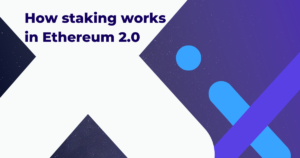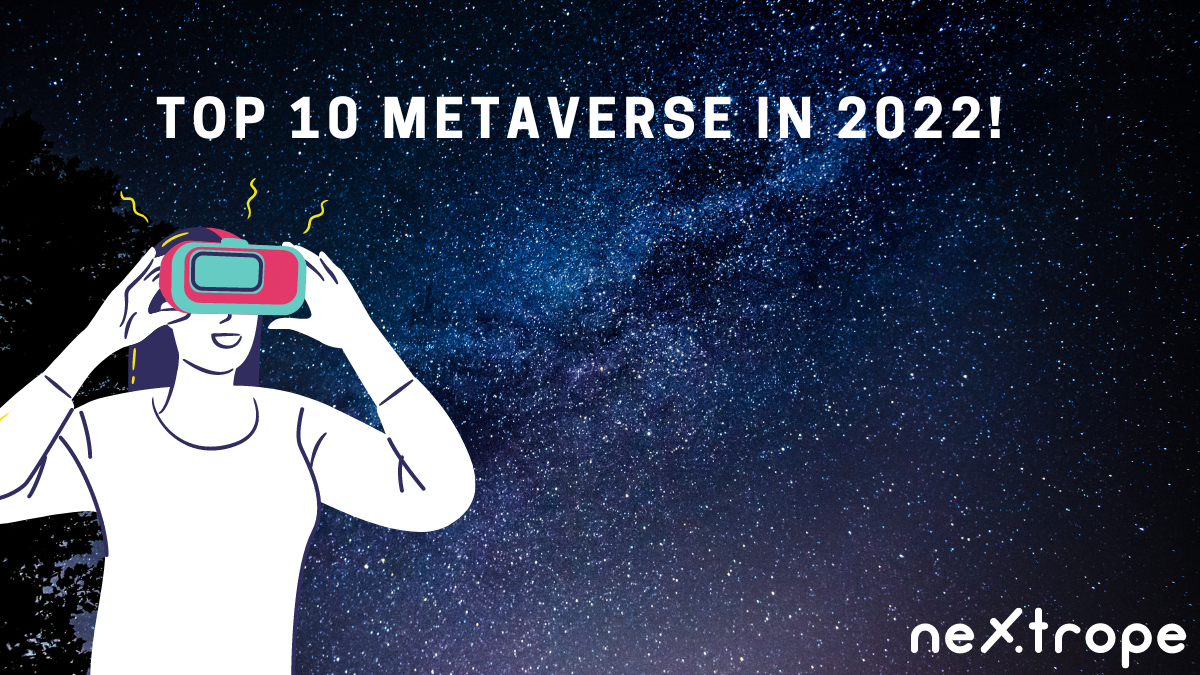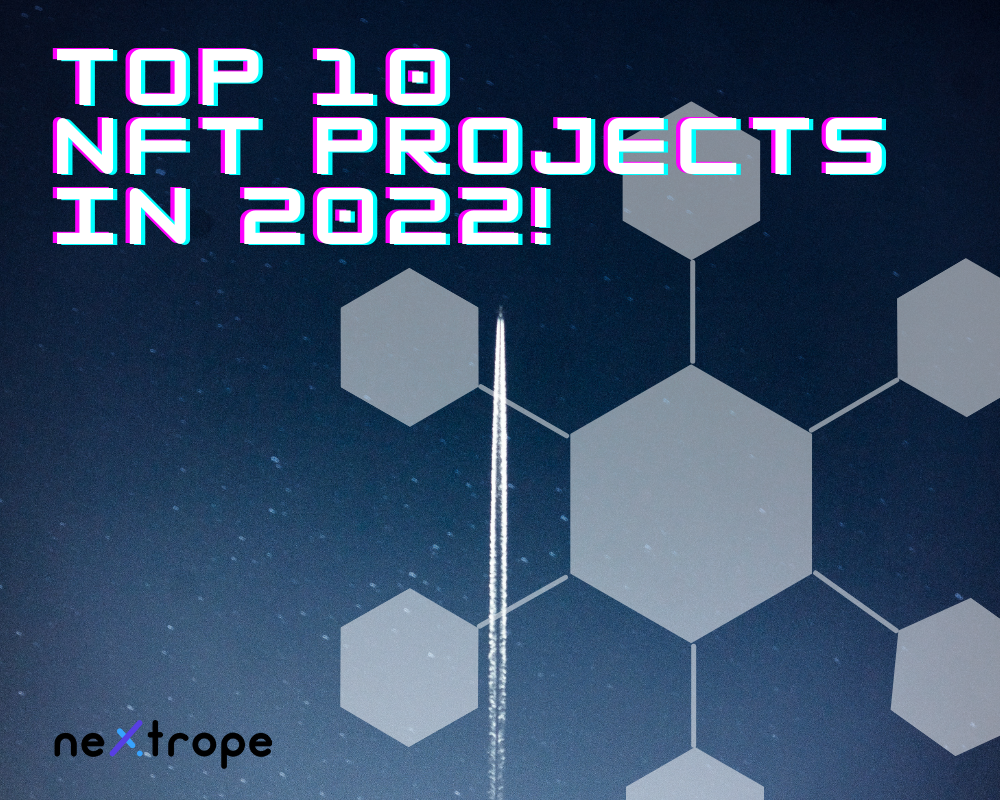For a long time, there has been news about the Ethereum upgrade. It is likely that from mid-September 2022. PoW will transform into PoS. The developer of the leading altcoin suggested last month that the merger could take place on September 19. Ethereum has seen significant growth (more than 60%) relative to other cryptocurrencies during the bull market. What will Ethereum 2.0 be? What are the differences between classic ETH and the merger? How do you stack on Ethereum 2.0? We write about it below!
What is Ethereum 2.0?
Ethereum 2.0 is a new version of the Ethereum blockchain. It will use Proof - of - Stake to verify transactions. The Ethereum 2.0 staking engine itself will replace the proof-of-work model, in which cryptocurrency miners use powerful computers to perform complex mathematical functions called hashes. Currently, the mining process requires an ever-increasing amount of electricity to verify Ethereum transactions before they are written to the public blockchain. The Proof of Work and energy consumption on ETH annually can be compared to the carbon footprint of all of Switzerland or Finland. Ethereum 2.0 is expected to change the energy world and reduce the carbon footprint by 99.95 percent. Ethereum 2.0 features four elements:
- Efficiency - Ethereum will be 99.95% more energy efficient than ETH. It is estimated that proof of rate will no longer require a national authority to secure the network.
- Partitioning - Ethereum will be divided into 18 "shards." Each will operate separately and simultaneously, improving the efficiency of the project. Each shard will contain its independent state, which means a unique set of account balances and smart contracts. Sharding is by far the most complex Ethereum scaling solution.
- Staking - Ethereum will move to PoS so everyone can participate and help secure the network.
- Security - in Proof-of-Stake, network disruption becomes more expensive.
Proof Of Stake vs Proof Of Work
Proof of Stake (PoS) is a mechanism for validating mining transactions. With PoS, users can mine and validate their own transactions based on their coin holdings. Therefore, each miner's amount of owned cryptocurrencies is related to the crypto mining capabilities.
Proof of Work works based on how quickly miners mine crypto and solve equations. PoW is a system that focuses on network cybersecurity, a consensus mechanism that requires miners' efforts to counter malware and negative use of computing power.
In what phases will Ethereum 2.0 be implemented?
The Ethereum 2.0 project is being implemented in three phases:
- Phase 0- Beacon Chain - launched on December 1, 2020. This is where PoS is introduced into the Ethereum ecosystem. With this phase, the Ethereum network is coordinated and can serve as a consensus value. This acts as a precursor to the upcoming steps.
- Phase 1 - The Merge - the stage of merging the new consensus layer with the existing execution layer. At this point, there will be an end to mining on Ethereum. From this point on, the footprint will be reduced, and the implementation of new scalability elements for Ethereum - such as sharding - will begin. It is likely to go into effect around September 19, 2022.
- Phase 2- Sharding - there will be database partitioning, which will distribute the network load. In this phase, everyone will be able to run a node independently on weaker hardware (than before), Ethereum will be able to be staked on any hardware - a laptop or phone, and network participation will increase.
What is staking on Ethereum 2.0?
Many people are wondering what staking will look like on Ethereum 2.0. In the Beacon Chain phase, 32 ETH can be subject to community staking on validation nodes. Remember that 32 ETH2 staking is used to verify transactions and status on the network. In addition, it serves the function of guaranteeing that the approval node is operating correctly and honestly. As part of this, stakers receive Ethereum. In practice, validators will generate ETH as passive income and receive ETH dividends at specific intervals. According to estimates, staking in Ethereum 2.0 can create an ROI of 14% per year. According to analysts, the demand for ETH will increase after the proof-of-stake implementation due to the additional demand for ETH by proof-of-stake and validation nodes. In contrast, the demand for GPUs will decrease as mining on Ethereum ends.
How does staking work?
Unlike PoW, PoS-based blockchains combine 32 blocks of transactions in each round of validation, which takes an average of 6.4 minutes. "Epochs" is the name given to these groups of blocks. When a blockchain adds two additional Epochs one after the other, it is considered irreversible and finalized. Beacon Chain divides the stakers into 128 "committees" and randomly assigns them to specific block shards. Each committee is designated a "slot" and has a certain amount of time to propose a new block and then approve internal transactions. Each epoch has 32 slots and requires 32 sets of committees to complete the validation run. Once a committee is formed for a block, a randomly selected member is given the exclusive right to propose new blocks of transactions. The remaining 127 members vote on the proposals and approve the transactions. Beacon Chain collects information about the state of shards. It distributes it to neighboring fragments to keep the network synchronized. Validators will be managed by Beacon Chain, which handles everything from recording their contributions to rewards and penalties. In addition, the second phase, which involves sharding, will see the process of dividing the Ethereum network into chunks called "shards." Each shard will have a state that contains a separate set of account balances and smart contracts. New blocks are added to the blockchain, and a "cross-link" is created to verify them after approval by the majority of the committee. Only after this approval does stakers selected to propose new blocks receive rewards.
How much can be earned by staking Ethereum 2.0?
To calculate the rewards in Ethereum 2.0, you need to use the annual interest rate and the function of the inverse of the square root. In practice, this means that the lower the total rate of ETH 2.0, the lower the profit. The reward models for proposers and validators are different. The block proposer will receive ⅛ of the base reward, and the validator will receive the remainder (7/8). To receive the exclusive reward, the validator must apply as soon as possible. For each gap (including block validation) completed without command, the payout is reduced. The bonus is reduced by 7/16 if two sites are seized before being submitted for validation, then to 7/32 if three sites pass, and so on. The speed of Ethereum 2.0 issuance depends mainly on the base reward. The lower the base reward, the higher the number of validators connected to Ethereum 2.0.
How to start?
In order to start staking on the new Ethereum network, there must be the creation of a staking node between Ethereum 1.0 and Ethereum 2.0. Then it would help if you had computer hardware. The minimum requirements are not great. It is enough for users to have enough memory to download old and new Ethereum blockchains. Ethereum 1.0 already has about 900 TB of data and is growing at a rate of about 1 GB per day. In addition, validators will be required to maintain nodes connected to the blockchain. In practice, you need to have a good Internet connection to start staking. Once you install the validator's software on your hardware, you must send ETH to the Ethereum staking contract address. To do this, you need to generate two keys:
- one for signing and validating transaction blocks,
- the other for cash withdrawals.
Note that you will not be able to create keys for withdrawals until Eth1.0 and Eth2.0 merge in 2022. Before you send funds to the protocol address for staking, you must first go through launchpad 2.0. and follow the procedures. Going through the process and making the payment is supposed to block potential fraudsters who want to undermine the authenticity of the Ethereum 2.0 project.
Is it worth betting on Ethereum 2.0?
Do many people wonder if Ethereum 2.0 is better than ETH? The answer to this question is that you need to grow and be open to new technologies. An annual interest rate of 6 to 15% is more attractive than any bank deposit. With a minimum requirement of 32 ETH, you can expect to earn between 2 and 5 ETH in practice at current prices. The downside is that you are freezing your capital. Another problem is that no one knows the value of ETH 2.0. The project could turn out to be a bigger success as well as a sizable failure.
 en
en  pl
pl 











